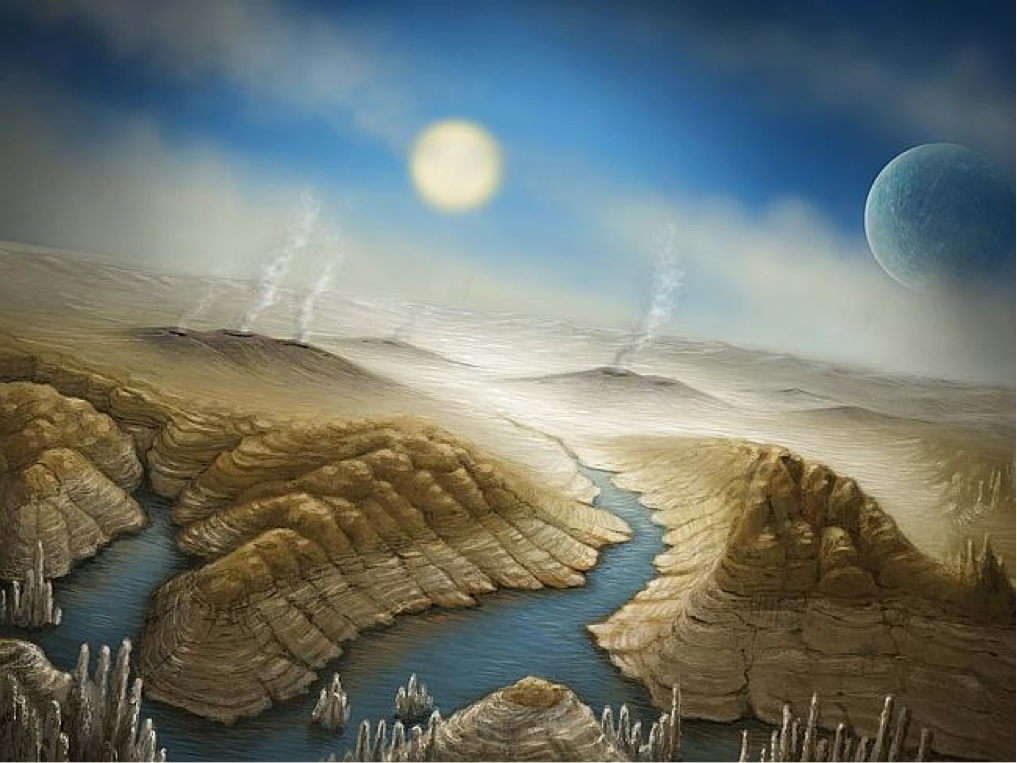For hundreds of millions of years, the Earth’s biosphere has been subjected to mass extinctions. Scientists believe that their study can tell them where to look for extraterrestrial life and where they should not.

Mass extinctions and the evolution of life on Earth
Over its 4.5 billion-year history, the Earth has experienced numerous mass extinctions, each of which has destroyed more than three-quarters of the species on the planet and greatly reduced its biodiversity. This decrease on our planet can be caused both by nonliving processes, such as volcanic eruptions or asteroid impacts, and by living processes, such as organisms changing the chemical composition of the atmosphere. Over the long term, life on Earth tends to become increasingly complex in its forms and ecological organization, despite these moderately regular failures.
Periods of stress and mass extinctions causing their existential threat to life on the planet as a whole. However, in a paper published in May in the arXiv preprint database, researchers prove that in the long term, radical changes in Earth’s environment create opportunities for evolutionary research and, as a rule, contribute to greater biodiversity and stability of surviving populations compared to calmer periods. The authors suggest that on scales of tens to hundreds of millions of years, life in general may become more resilient through these events.
History of life on Earth
In the new paper, the authors accept the so-called “Gaian” perspective on life and their relationship to the Earth. The theory suggests that life interacts with nonliving processes on Earth, such as the carbon cycle, and modifies them to maintain and even improve conditions for life on the planet as a whole. An analogy for this relationship is the way our bodies maintain homeostasis by regulating physiological variables necessary for our survival, such as body temperature and blood glucose levels.
Thus, life is seen as the co-regulation of physical processes on Earth in order to maintain conditions on the planet favorable for life planetary homeostasis, if you will.
A potentially important problem for this perspective is that life doesn’t always create conditions that are beneficial to life in general. Let’s take for example the Great Oxidation, which occurred somewhere between 2.4 and 2.1 billion years ago. This event, caused by the evolution of photosynthetic cyanobacteria that pumped unprecedented amounts of oxygen into Earth’s early atmosphere, dramatically changed the chemical composition of our planet’s surface.
In that era, huge numbers of adapted anaerobic species — those that couldn’t survive an oxygen-rich environment — went extinct. If life, according to the Gaian concept, is designed to create conditions favorable to the general suitability of the Earth, why mass-produce an element that is toxic to most living organisms?
Gaian’s concept of life
In their paper, the authors note that although this may have been a problem for life in the short term, this period of self-imposed stress may also have increased life resilience in the long term. This is related to the fact that the evolution of eukaryotic and multicellular life was made possible due to higher concentrations of oxygen, which allowed aerobic respiration to become dominant and resulted in much more energy for life.
Life also recovered from subsequent periods of stress, such as when Earth experienced massive glaciations when the planet was almost completely covered in snow.
All of this raises the question: Do these periods of stress pave the way for life to become more sustainable and complex?
“Because life is always building on what came before, if life doesn’t go completely extinct, we see the system tend towards complexity,” Nicholson said. Even if the total population of organisms is reduced by extinction, whatever is left still has evolutionary innovations, metabolism, and structures that were previously developed. If the opportunity for life opens up afterward – for example, after the melting of Earth’s snow globe, – then life can build on its previous innovations to create greater diversity and populations of organisms. “Yes, there have been periods of upheaval, but we wouldn’t be here without them,” Nicholson said.
What does that mean for us now?
Human activity — due to the release of greenhouse gases into the atmosphere and the destruction of highly biodiverse environments such as coral reefs and rainforests — is a modern example of how living systems are putting stress on the Earth’s entire biosphere.
Therefore, it may be tempting to apply this argument to the current biodiversity crisis to reduce our responsibility — after all, life will survive in the longer perspective. That may be true, but it would almost certainly be bad news for us and the species we share the planet with.
Such periods of stress often lead to the extinction of key species in the global ecosystem. It is enough to recall the dinosaur extinction caused by an asteroid impact to realize the influence that significant perturbations in the Earth’s environment can have on these key species. Biodiversity recovery from such events also takes place over tens of millions and hundreds of millions of years, a time frame that overshadows the short time Homo sapiens has existed. “The main thing for us is that we like the way it is right now,” Nicholson said. “We are a species that has evolved to very specific conditions. We need a biosphere that supports us.”
According to www.space.com


